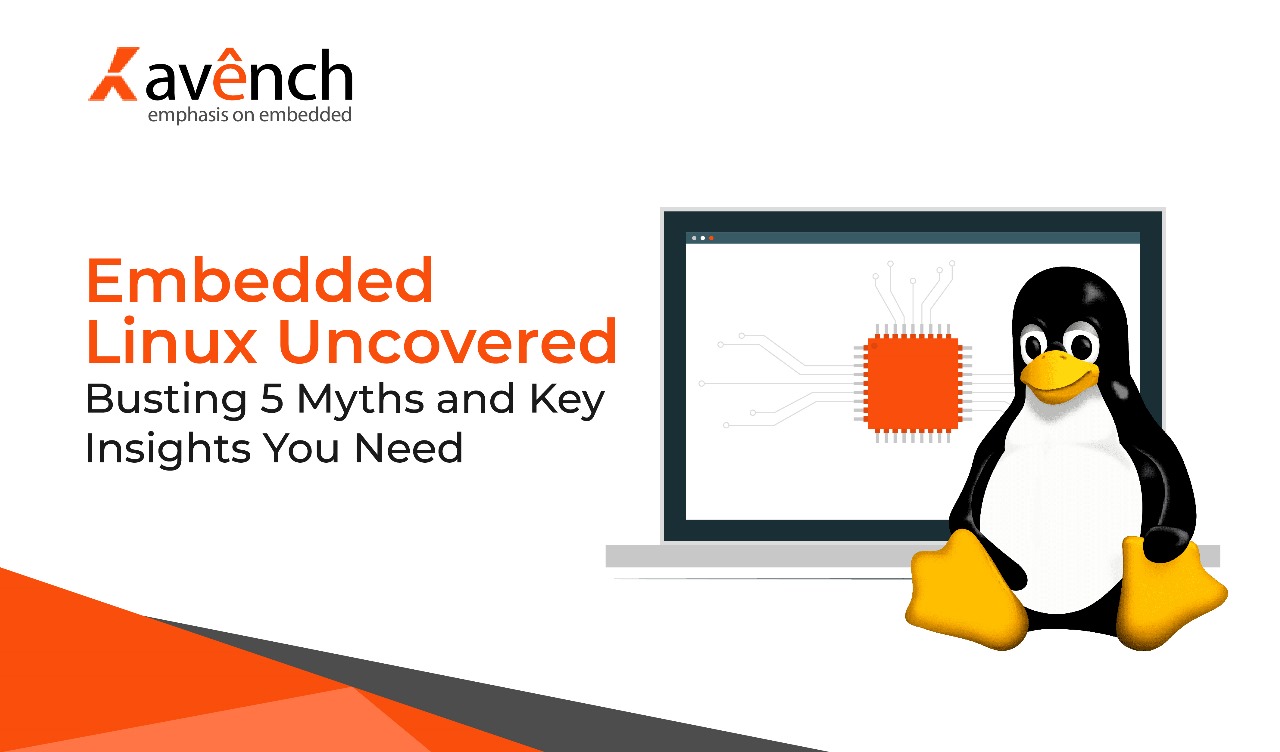Embedded Linux has become the backbone of numerous devices, from industrial automation systems to consumer electronics. Despite its widespread adoption, misconceptions about this versatile operating system persist. This article aims to debunk five common myths and provide insights that every expert should consider when working with embedded Linux.
Myth 1: Embedded Linux is Just a Stripped-Down Version of Desktop Linux
One of the most pervasive myths is that embedded Linux is simply a minimal version of desktop Linux. While they share a common kernel, embedded Linux fundamentally differs in its design and application.
Embedded Linux systems are optimized for resource-constrained environments, where memory, processing power, and storage are limited. Unlike desktop Linux, which assumes a general-purpose user interface and a broad range of applications, embedded Linux is tailored for specific tasks, often with real-time performance requirements. The kernel is often configured to exclude unnecessary drivers and features, reducing its footprint and improving efficiency. Moreover, mastering embedded Linux programming requires an in-depth understanding of cross-compilation, device tree configuration, and custom kernel module development, which are not typically concerns in desktop Linux environments.

Myth 2: Embedded Linux is Too Complex for Small-Scale Projects
Another common misconception is that embedded Linux is overkill for small-scale projects and is only suitable for large, complex systems. While it’s true that embedded Linux is a powerful and feature-rich operating system, it can be effectively used in projects of various sizes.
Embedded Linux programming offers a modular approach, allowing developers to select only the components they need for a specific project. This scalability makes it suitable for everything from simple IoT devices to complex industrial machinery. For small-scale projects, where real-time operating systems (RTOS) might be traditionally considered, embedded Linux can provide a more robust solution with the added benefit of a rich ecosystem of tools and libraries. The key is in tailoring the system to meet the project’s specific requirements, which might involve stripping down the kernel to the bare essentials or using lightweight frameworks.
Myth 3: Real-Time Performance is Impossible with Embedded Linux
The third myth suggests that embedded Linux cannot meet the real-time performance requirements that are critical in certain applications, such as automotive systems or robotics. This misconception stems from the general-purpose nature of the Linux kernel, which is not inherently designed for real-time operations.
However, the real-time capabilities of embedded Linux have evolved significantly. The PREEMPT-RT patch, for example, transforms the standard Linux kernel into a real-time kernel, reducing latency and ensuring predictable timing behavior. Mastering embedded Linux programming involves understanding how to implement these patches and configure the kernel for real-time performance. Additionally, technologies like the Xenomai co-kernel and the use of dedicated real-time tasks can further enhance the deterministic behavior of embedded Linux, making it suitable for even the most timing-critical applications.
Myth 4: Embedded Linux Development is Too Slow and Expensive
There is a belief that developing with embedded Linux is inherently slow and costly, particularly when compared to using proprietary operating systems or RTOS. While embedded Linux can have a steep learning curve, the long-term benefits often outweigh the initial investment.
Open-source nature is one of the key advantages of embedded Linux. The lack of licensing fees and the availability of a vast array of free tools and libraries can significantly reduce development costs. Furthermore, a large and active community of developers contributes to a wealth of resources, from drivers to middleware, which accelerates development. The modularity of Linux also means that development can be parallelized, allowing teams to work on different components simultaneously, thus speeding up the process.
Moreover, what is embedded Linux programming without considering the long-term maintainability and scalability? The ability to update and upgrade systems remotely, without vendor lock-in, ensures that embedded Linux remains a viable solution as projects grow and evolve, reducing costs over the product’s lifecycle.
Myth 5: Embedded Linux is Not Secure Enough for Critical Applications
Security concerns are often cited as a reason to avoid embedded Linux in critical applications, particularly those involving sensitive data or where system integrity is paramount. This myth likely arises from the open-source nature of Linux, which some mistakenly equate with vulnerability.
In reality, embedded Linux customization can be as secure as, if not more secure than, proprietary systems. The transparency of open-source code allows for extensive peer review, which can lead to the identification and rectification of vulnerabilities faster than in closed-source systems. Furthermore, there are numerous security modules and practices available to harden embedded Linux systems. Techniques such as Mandatory Access Control (MAC) through SELinux or AppArmor, encrypted file systems, and secure boot processes are standard practices in ensuring the security of embedded Linux in critical applications.
Security in embedded Linux also involves regular updates and patches, which can be more consistently applied due to the active community and ongoing development of the Linux kernel. This proactive approach to security helps maintain the integrity of systems over time, even as new threats emerge.
Conclusion
The myths surrounding embedded Linux often stem from misunderstandings or outdated information. As we’ve seen, embedded Linux is not merely a desktop OS in a smaller form, nor is it too complex, slow, or insecure for use in a wide range of applications. By debunking these myths and recognizing the true potential of embedded Linux, developers can leverage its flexibility, scalability, and power to create robust and efficient systems.
For those committed to mastering embedded Linux programming, understanding the intricacies of the kernel, real-time performance tuning, and security hardening are essential skills that will enable the creation of high-performance, reliable embedded systems across industries. The future of embedded systems is bright and embedded Linux is poised to remain at the forefront of this evolution.
For more information on embedded companies in bangalore subscribe to our blog. For sales queries, contact us at +1 (775) 404-5757 or email sales@avench.com. We are here to assist you.

